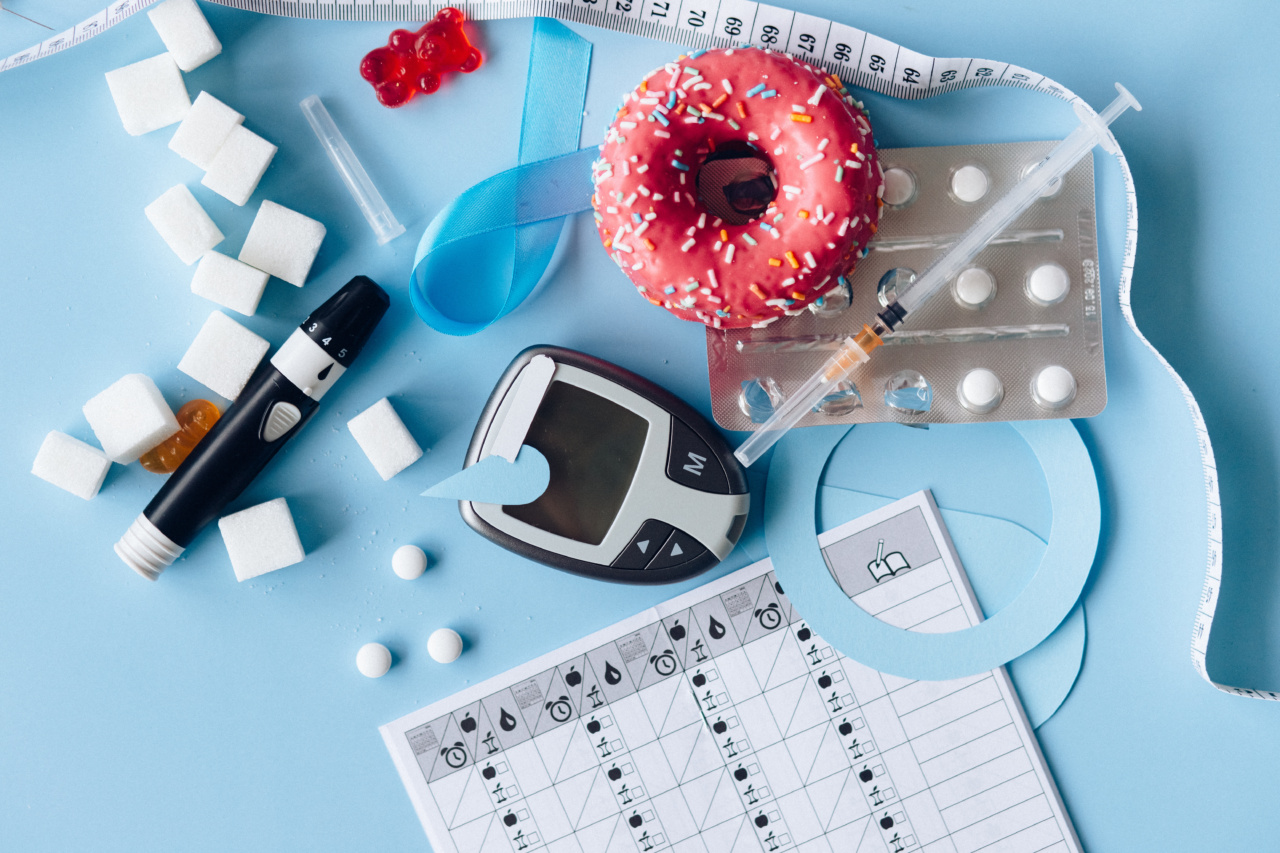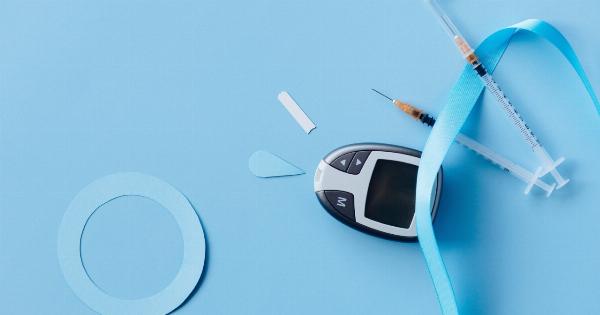Diabetes mellitus is a chronic metabolic disorder characterized by high blood sugar levels.
Managing diabetes effectively requires regular monitoring and routine tests to assess blood sugar control, identify potential complications, and guide treatment decisions. This comprehensive guide aims to provide insights into the essential laboratory assessments for individuals with diabetes, highlighting their significance in diagnosis, management, and prevention of associated complications.
Blood Sugar Tests
Blood sugar tests are fundamental for evaluating diabetes control. They measure the concentration of glucose in the blood, providing immediate information about blood sugar levels. There are different types of blood sugar tests:.
1. Fasting Plasma Glucose (FPG) Test
The FPG test is conducted after at least 8 hours of fasting. It measures blood glucose levels in the morning before any food or drink intake. A normal FPG level is below 100 milligrams per deciliter (mg/dL).
Values between 100-125 mg/dL are indicative of prediabetes, while 126 mg/dL or higher suggests diabetes.
2. Oral Glucose Tolerance Test (OGTT)
In an OGTT, fasting blood sugar is measured, followed by consuming a high-glucose liquid. Blood sugar levels are then monitored over the next two hours.
A blood sugar level below 140 mg/dL after two hours is considered normal, while 140-199 mg/dL indicates prediabetes, and 200 mg/dL or higher is suggestive of diabetes.
3. Random Plasma Glucose Test
The random plasma glucose test measures blood sugar levels at any time of the day, without fasting. A result of 200 mg/dL or above, combined with classic diabetes symptoms like increased thirst and urination, points towards diabetes.
4. Continuous Glucose Monitoring (CGM)
CGM involves wearing a small sensor under the skin to continuously measure interstitial fluid glucose levels.
This device provides real-time data, including trends and patterns, helping individuals make informed decisions about their diet, medication, and lifestyle.
HbA1c Test
The HbA1c test measures the average blood sugar levels over the past two to three months. It determines the percentage of glycated hemoglobin in the blood, reflecting overall diabetes control.
A lower HbA1c percentage indicates better blood glucose management. The target HbA1c level for most people with diabetes is below 7%, but individual goals may vary depending on age, overall health, and diabetes duration.
Lipid Profile
Individuals with diabetes are at an increased risk of developing cardiovascular diseases. A lipid profile measures various cholesterol components and triglycerides in the blood, helping assess heart disease risk.
Important lipid profile components include:.
5. Total Cholesterol
Total cholesterol levels above 200 mg/dL may indicate an elevated risk of heart disease.
6. Low-Density Lipoprotein (LDL) Cholesterol
LDL cholesterol, often referred to as “bad” cholesterol, contributes to plaque buildup in the arteries. Decreasing LDL cholesterol levels aids in reducing cardiovascular risk.
7. High-Density Lipoprotein (HDL) Cholesterol
HDL cholesterol, known as “good” cholesterol, helps remove excess LDL cholesterol from the arteries. Higher HDL levels are desirable for cardiovascular health.
8. Triglycerides
Elevated triglyceride levels (>150 mg/dL) are associated with an increased risk of heart disease.
Kidney Function Tests
Diabetes can have detrimental effects on kidney function. Monitoring kidney health is crucial to prevent or detect early signs of diabetes-related kidney disease:.
9. Urine Albumin-to-Creatinine Ratio (UACR)
The UACR test evaluates the amount of the protein albumin in the urine, which is an early indicator of kidney damage. Values above 30 milligrams per gram (mg/g) suggest kidney abnormalities.
10. Estimated Glomerular Filtration Rate (eGFR)
eGFR provides an estimate of kidney function based on blood creatinine levels, age, sex, and other factors. A lower eGFR indicates reduced kidney filtration capacity.
Eye Examinations
Diabetes is a leading cause of vision loss and blindness. Regular eye examinations help detect any ocular complications and ensure timely intervention:.
11. Dilated Eye Exam
A dilated eye exam allows an ophthalmologist to examine the retina for any signs of diabetic retinopathy, a condition that can lead to vision impairment if not treated promptly.
12. Optical Coherence Tomography (OCT)
OCT is a non-invasive imaging test that provides detailed cross-sectional images of the retina. It aids in diagnosing and monitoring conditions like macular edema and diabetic macular edema.
Remember, routine medical check-ups, including blood pressure measurements, foot examinations, and dental assessments, are crucial for overall diabetes care.
Managing diabetes requires a comprehensive approach to maintain optimal health and prevent complications. Consult with your healthcare provider to understand which tests are most appropriate for you and how often they should be performed.






























